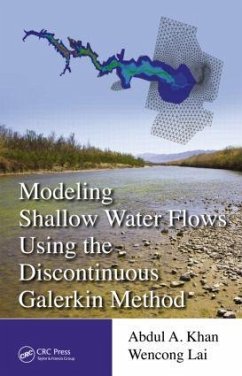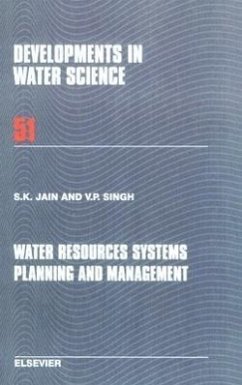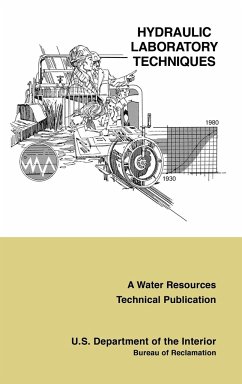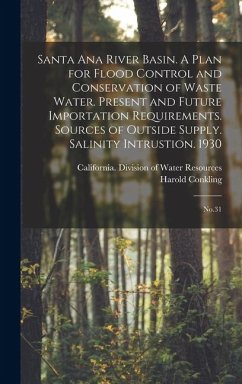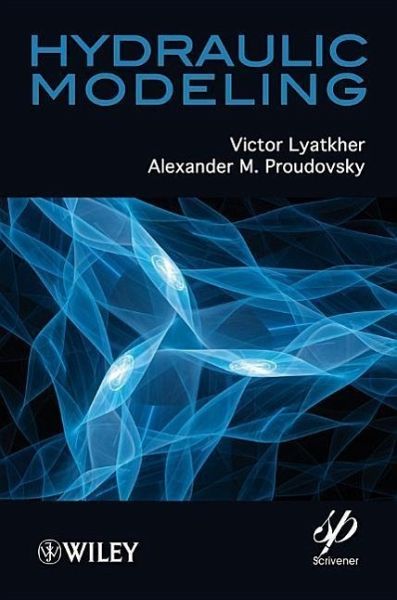
Hydraulic Modeling
Versandkostenfrei!
Versandfertig in über 4 Wochen
192,99 €
inkl. MwSt.
Weitere Ausgaben:

PAYBACK Punkte
96 °P sammeln!
Water. Except for air, it is the most important ingredient to all life on Earth. It surrounds us every day. We are literally bathed in it, we cook our food with it, and we need a steady stream of it in our bodies every single day just to survive. But water, and the study of it, is one of the most important and unheralded branches of engineering, affecting every other aspect of engineering in almost every industry. We harness its power for energy, we inject massive blasts of it into the earth to extract oil, gas, and minerals, and we use it in nearly every single industrial application, includi...
Water. Except for air, it is the most important ingredient to all life on Earth. It surrounds us every day. We are literally bathed in it, we cook our food with it, and we need a steady stream of it in our bodies every single day just to survive. But water, and the study of it, is one of the most important and unheralded branches of engineering, affecting every other aspect of engineering in almost every industry. We harness its power for energy, we inject massive blasts of it into the earth to extract oil, gas, and minerals, and we use it in nearly every single industrial application, including food processing, refining, manufacturing, and waste disposal, just to name a few. Hyraulic modeling is, essentially, the understanding and prediction of fluid flow and its applications in industrial, municipal, and environmental settings, whether in a creekbed, locked in the pores of rocks deep in the earth, or in the ocean. Mathematical models, which started out with mechanical pencils and drafting tables originally, have been increasingly relied upon over the last few decades, due to the invention, growth, and refinement of computers. Physical modeling, however, is still practiced in laboratories, and it is the intersection of physical and mathematical modeling of fluid flow that is most successful in creating models that are safer, less costly, and are better for the environment. Hydraulic Modeling introduces and explores this incredibly important science, from the most basic tenets to valuable real-world applications that are used in industry today. It is the only volume on the market to offer a thorough coverage of the subject without adding lots of useless fluff or inapplicable appendices. It is a must-have for any engineer, scientist, or student working with hydraulic modeling, as a daily reference or a textbook.




